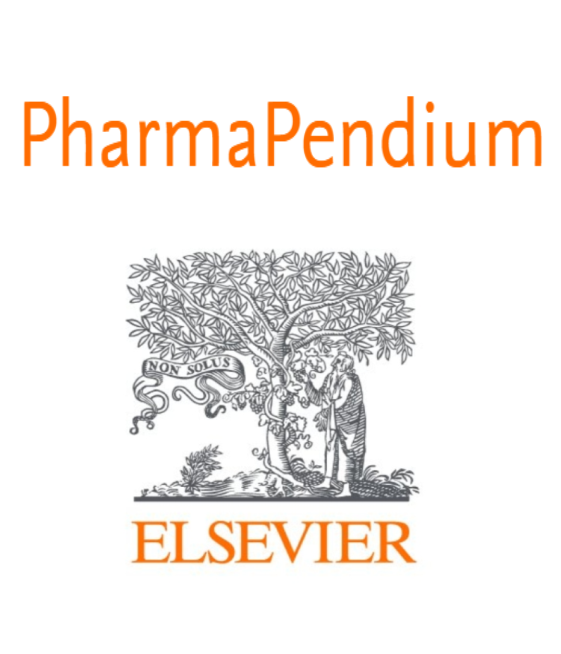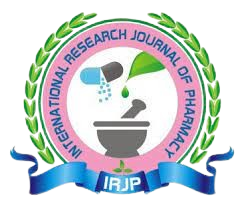Therapeutic Potential of Medicinal Plants and Unani Formulations in Tuberculosis
DOI:
https://doi.org/10.56802/p3wq4a70Keywords:
Tuberculosis, Allium sativum, Unani Medicine, phytochemical, pharmacologicalAbstract
Tuberculosis (TB) remains a global health crisis with 8.2 million new cases recorded in 2023, while multidrug-resistant and extensively drug-resistant strains pose unprecedented challenges to conventional treatment. This comprehensive review evaluates the therapeutic potential of medicinal plants and Unani formulations in TB management through systematic analysis of ethnobotanical, phytochemical, and pharmacological evidence from 2010-2024. Traditional medicine systems have historically employed diverse plant species including Allium sativum, and Myrsine africana, demonstrating minimum inhibitory concentrations of 15.6-250 μg/mL against Mycobacterium tuberculosis. The Unani system contributes sophisticated multi ingredient formulations like Qurs Kafoor and Habb-e-Sil, targeting multiple mycobacterial pathways through alkaloids, phenolics, terpenoids, and quinones. These compounds exhibit diverse mechanisms including cell wall synthesis inhibition, membrane permeabilization, DNA gyrase inhibition, and immunomodulation. While preliminary studies show promising antimycobacterial activity and reduced cytotoxicity compared to conventional drugs, standardization challenges and limited clinical trials remain significant barriers. Integration of traditional knowledge with modern scientific methodologies offers unprecedented opportunities for developing novel anti-TB therapeutics with improved safety profiles and reduced resistance potential.








